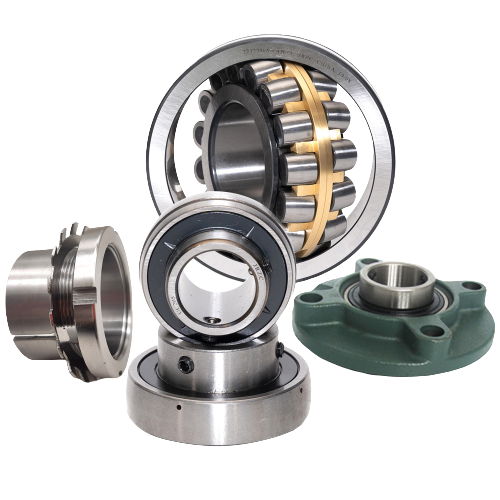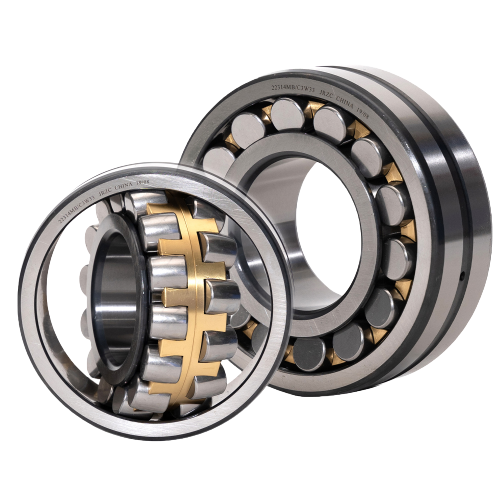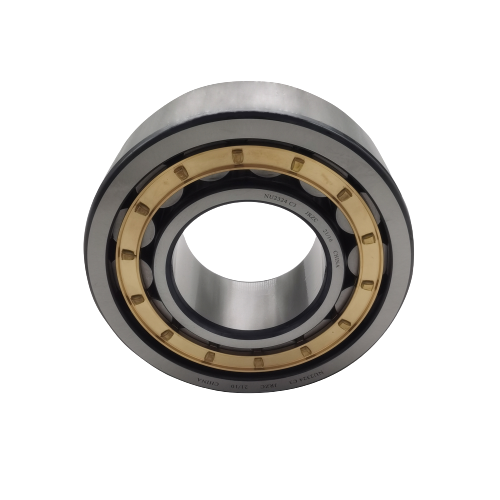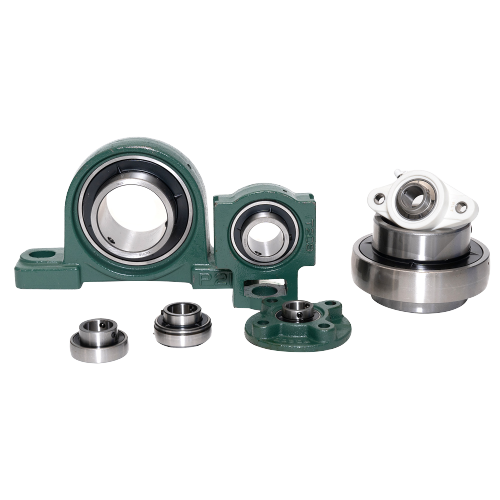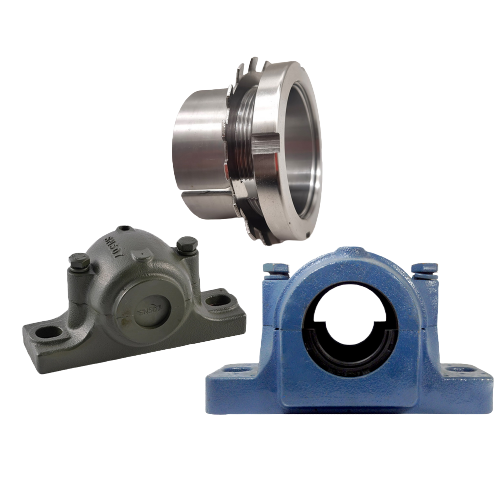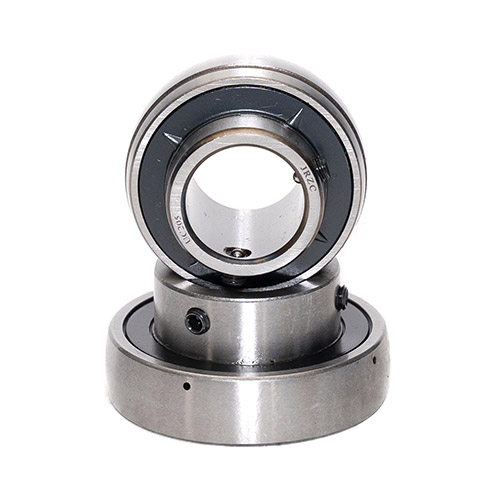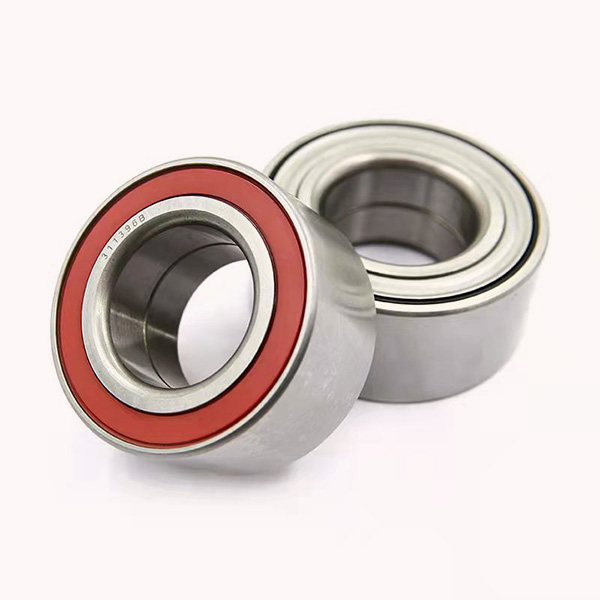Basic requirements for smelting quality of bearing steel

Basic requirements for smelting quality of bearing steel
The service life and reliability of rolling bearings are closely related to the smelting quality of the bearing steel. Due to the characteristics of bearing steel, the requirements for smelting quality are much stricter than those of general industrial steel, such as the chemical composition, purity, structure and uniformity of the steel.

1. Strict chemical composition requirements. Bearing steel is mainly high-carbon chromium bearing steel, which is hypereutectoid steel with a carbon content of about 1%, a chromium content of less than 1.65%, and a small amount of manganese and silicon elements. Chromium can improve heat treatment performance, improve hardenability, structural uniformity, tempering stability, and improve the anti-rust performance and grinding performance of steel. Only by strictly controlling the chemical composition of the bearing steel can the structure and hardness that meets the bearing performance be obtained through the heat treatment process.
|
2. High-precision dimensional requirements. Steel for rolling bearings requires high dimensional accuracy because most bearing parts must be pressure-formed. In order to save materials and improve labor productivity, most bearing rings are forged and formed, steel balls are formed by cold heading or hot rolling, and small-sized rollers are also formed by cold heading. If the dimensional accuracy of the steel is not high, the cutting size and weight cannot be accurately calculated, and the product quality of the bearing parts cannot be guaranteed, and it is easy to cause damage to equipment and molds.
|
3. Particularly strict purity requirements. The purity of steel refers to the number of non-metallic inclusions contained in the steel. The higher the purity, the fewer non-metallic inclusions in the steel. Harmful inclusions such as oxides and silicates in bearing steel are the main reasons for early fatigue spalling of bearings and significantly reducing bearing life. In particular, brittle inclusions are the most harmful. Because they are easy to peel off from the metal matrix during processing, they seriously affect the surface quality of bearing parts after finishing. Therefore, in order to improve the service life and reliability of bearings, the content of inclusions in bearing steel must be reduced. |

4. Strict low-magnification tissue and microscopic (high-magnification) tissue requirements.
The low-magnification structure of bearing steel refers to general looseness, center looseness and flat precipitation. The microscopic (high-magnification) structure includes the annealed structure of steel, carbide network, band-like and liquid precipitation, etc. Carbide liquid is hard and brittle, and its hazards are the same as brittle inclusions. Reticular carbides reduce the impact toughness of steel and make it uneven in structure, making it easy to deform and crack during quenching. Banded carbides affect annealing and quenching and tempering structures as well as contact fatigue strength. The quality of low and high magnification structures has a great impact on the performance and service life of rolling bearings. Therefore, there are strict requirements for low and high magnification structures in bearing material standards.

5. Particularly strict requirements on surface defects and internal defects.
For bearing steel, surface defects include cracks, slag inclusions, burrs, scabs, oxide scales, etc., and internal defects include shrinkage holes, bubbles, white spots, severe porosity and segregation, etc. These defects have a great impact on the processing of the bearing, the performance and life of the bearing, and it is clearly stipulated in the bearing material standards that these defects are not allowed to occur.
6. Particularly strict carbide unevenness requirements.
In bearing steel, if there is a serious uneven distribution of carbides, it will easily cause uneven structure and hardness during heat treatment. The uneven structure of steel has a great impact on the contact fatigue strength. In addition, severe carbide unevenness can easily cause cracks in bearing parts during quenching and cooling. Carbide unevenness can also reduce the life of the bearing. Therefore, in the bearing material standards, there are clear regulations for different specifications of steel. special requirement.

7. Particularly strict requirements for surface decarburization layer.
There are strict regulations on the surface decarburization layer of steel in the bearing material standards. If the surface decarburization layer exceeds the scope of the standard and is not completely removed during the processing before heat treatment, it will be removed during the heat treatment and quenching process. It is easy to produce quenching cracks, causing parts to be scrapped.
8. Other requirements.
The material standards for bearing steel also have strict requirements on the smelting method, oxygen content, annealing hardness, fracture surface, residual elements, spark inspection, delivery status, marking, etc. of bearing steel.





